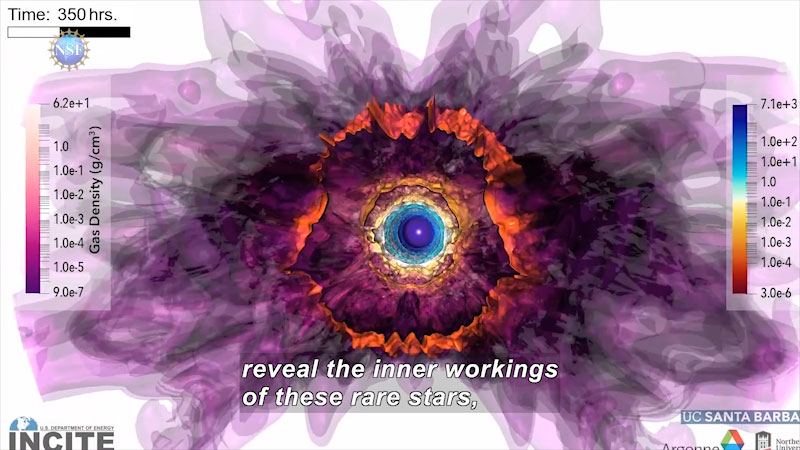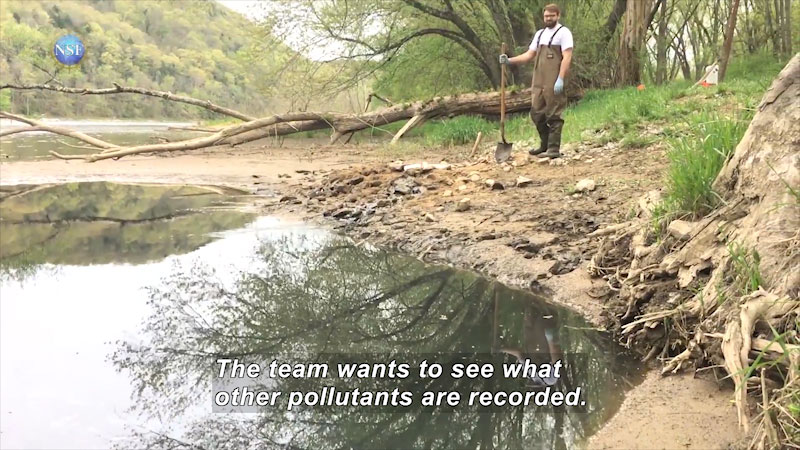Collaboration in Science: Tea Break With Amor Sciendi
Is science done by just one person, or is it a collaboration? In this episode, host Alex Dainis discusses the changing attitudes in science in acknowledging that the majority of research and findings are collaborative efforts built upon the work of many professionals.
Media Details
Runtime: 11 minutes 31 seconds
- Topic: Science
- Subtopic: Science Experiments, Science Methods
- Grade/Interest Level: 10 - 12
- Standards:
- Release Year: 2019
- Producer/Distributor: Alex Dainis
- Report a Problem
Related Media

#askMIT: What Does the Future of Nuclear Science Look Like?

4 Awesome Discoveries You Probably Didn't Hear About This Week (Episode 1)

4 Awesome Discoveries You Probably Didn't Hear About This Week (Episode 13)

4 Awesome Discoveries You Probably Didn't Hear About This Week (Episode 14)

4 Awesome Discoveries You Probably Didn't Hear About This Week (Episode 15)

4 Awesome Discoveries You Probably Didn't Hear About This Week (Episode 16)

4 Awesome Discoveries You Probably Didn't Hear About This Week (Episode 17)

4 Awesome Discoveries You Probably Didn't Hear About This Week (Episode 18)

4 Awesome Discoveries You Probably Didn't Hear About This Week (Episode 2)

4 Awesome Discoveries You Probably Didn't Hear About This Week (Episode 20)
